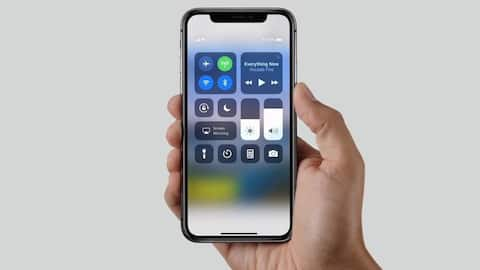Vietnamese researchers fool iPhone X's Face ID using mask
What's the story
A team of Vietnamese researchers belonging to the security firm Bkav claim to have fooled the "super-premium" iPhone X's Face ID technology using a composite 3D-printed mask. The researchers have also posted a video demonstrating how they fooled Apple's Face ID which was designed to be specifically effective against spoofing using photos and masks.
Do you know?
Bkav isn't new to finding flaws in facial recognition tech
In 2008, Bkav became the first company in the world to demonstrate how facial recognition was not an effective security measure for laptops when Lenovo, Toshiba, and Asus started using such technology as security measures for their laptops.
Face ID
How does Apple's Face ID technology work?
Apple's Face ID uses a TrueDepth camera system comprising an infrared camera, a dot projector, and a flood illuminator and is powered by Apple's A11 Bionic chip for accurate face mapping and recognition. The system projects over 30,000 infrared dots on a user's face to accurately recognize it, and "only" unlocks when a user looks at the device.
Quote
The key to cracking Face ID is understanding the AI
"Many people in the world have tried different kinds of masks but all failed. It is because we understand how AI of Face ID works and how to bypass it," said Bkav in its FAQ page.
Bkav mask
Bkav demonstrates how easy it is to fool Face ID
The mask was created using 3D-printed parts, 2D images, handmade parts like the skin and nose, and makeup. The mask costs $150, and only requires an image of half a face to make it. This mask fooled Face ID's AI, on which the tech is heavily reliant. Due to the ease in creating such a mask, Bkav said that Face ID's security was compromised.
Do you know?
The most effective biometric security measure
Bkav said that fingerprint sensors still remain the most secure biometric security measure for digital devices.
